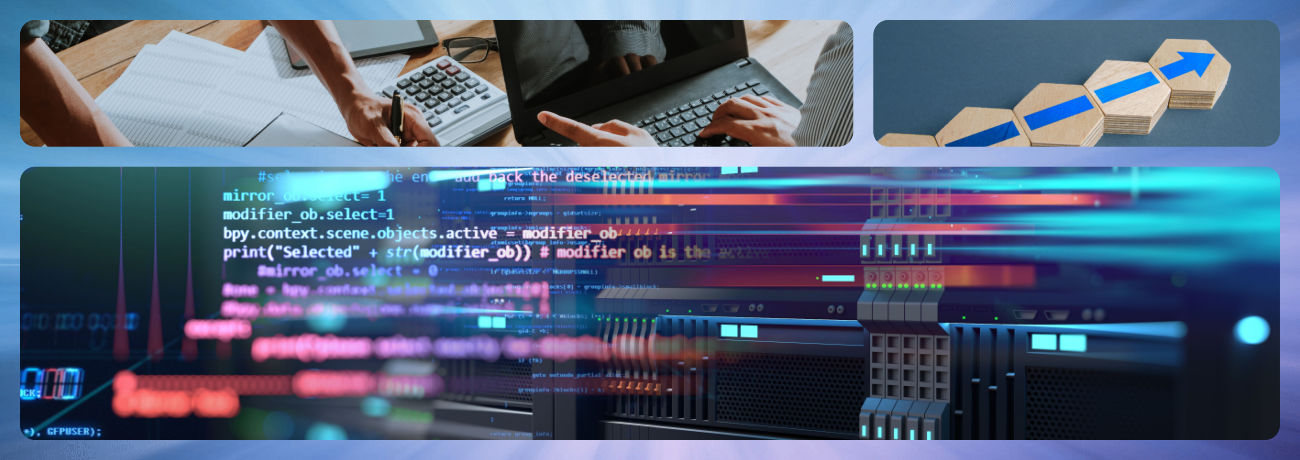Data centers and their impact on business continuity.

Diego Alejandro Laverde Zuleta
At present, one of the most relevant components in the global telecommunications ecosystem is data centers, better known as Datacenters. But what is Datacenter interconnection?
What is Datacenter interconnection?
In addition to this, the connection of these services with telecommunications operators creates a services ecosystem that globalizes networks, allowing the distribution and interconnection of workloads summarized in applications for corporate and mass use, protected by highly secure architectures.
Why is interconnecting data centers important?
What is Datacenter Interconnect (DCI)?
DCI technology enables data transit between data centers. The most appropriate means to connect these sites is through high-speed optical connectivity based on technological innovations such as coherent networks, providing better performance and greater flexibility in transporting much more information over the same optical fiber.
Datacenter interconnection constantly faces several challenges:
-
Distance: Many applications and services present in data centers are sensitive to delay (latency). It is always crucial to optimize the interconnecting networks to minimize the time it takes for data to travel from one point to another.
-
Costs: It is always a factor to consider if competitiveness is to be maintained. Data centers are not exempt from this global phenomenon, and their costs cannot increase at the same rate as the bandwidth of their networks. It is essential that technology allows for optimizations: with higher capacities, the cost per unit of capacity should be reduced.
-
Capacity and Reliability: Data centers handle unimaginable amounts of traffic, and to cope with such loads, the architecture of the connecting networks must support large bandwidth capacities, enabling greater agility in their growth and high reliability to safeguard the integrity of the information that enters and exits them.
-
Automation: The activation of connectivity services between data centers must be done quickly and reliably, which makes it necessary for the tasks involved in this process to not rely on manual activities constantly. This is where automation and technology play a fundamental role in ensuring this crucial function.

Diego Alejandro Laverde Zuleta
Electronic Engineer with over 13 years of experience in the Telecommunications sector, specialized in Teleinformatics, Senior Management, and a Master's in Administration with an emphasis on Innovation. Knowledge of the regional market, catering to Wholesale, Corporate, and Service Provider clients in Colombia, Peru, Chile, Argentina, and Brazil. Proficient in IP/MPLS, DWDM, and SDH/PDH networks with a focus on developing and managing products in the connectivity portfolio.
.webp?width=150&height=68&name=Logo%20Espa%C3%B1ol%20Fondos%20Claros%20(1).webp)
.webp?width=130&height=58&name=Logo%20Espa%C3%B1ol%20Fondos%20Claros%20(1).webp)




.jpeg?width=352&name=Internet%20para%20empresas%20(1).jpeg)





.jpeg?width=352&name=5g%20(1).jpeg)

